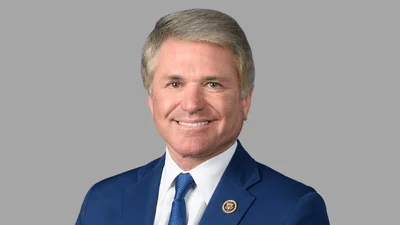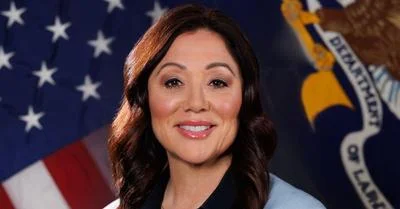Dear Colleague:
We write to express strong support for Teaching Health Center Graduate Medical Education. At a time when our health care system is grappling with a national shortage in primary care physicians, teaching health center residency programs are a proven means of increasing access to primary care in areas of great need, especially rural communities.
Across the country, underserved communities, including many in rural and tribal areas, already deal with limited access to primary care, and will be hit hardest by this growing shortage of primary care physicians. Teaching health center residency programs increase access to care in underserved communities throughout the country. In fact, 63 teaching health centers in 24 states currently support more than 550 primary care residents. These teaching health centers are located in federally qualified health centers, rural health clinics, and tribal clinics. As a result, they are a significant source of care across many underserved populations, including veterans and their families, minority communities, older adults, children, and adolescents.
Teaching health center residency programs are a vital source of training for primary care medical and dental residents, expanding access to care in underserved communities across the country. The programs are training residents in accredited graduate medical education programs in high-need specialties, including family medicine, pediatrics, obstetrics and gynecology, psychiatry, general dentistry, pediatric dentistry, and geriatrics. These residents provide approximately 700,000 primary care visits in rural and other underserved communities.
By training primary care physicians in community-based settings, teaching health center residency programs have created a physician and dentist workforce pipeline that increases underserved areas’ ability to retain physicians. Residents at teaching health centers develop the skills to provide care to challenging patient populations outside of a hospital setting. As a result, physicians trained in health centers are more than three times as likely to work in a health center and more than twice as likely to work in an underserved area as those not trained at health centers.
We hope you will join us in supporting teaching health centers as they work to confront the nation’s primary care shortage head-on.









